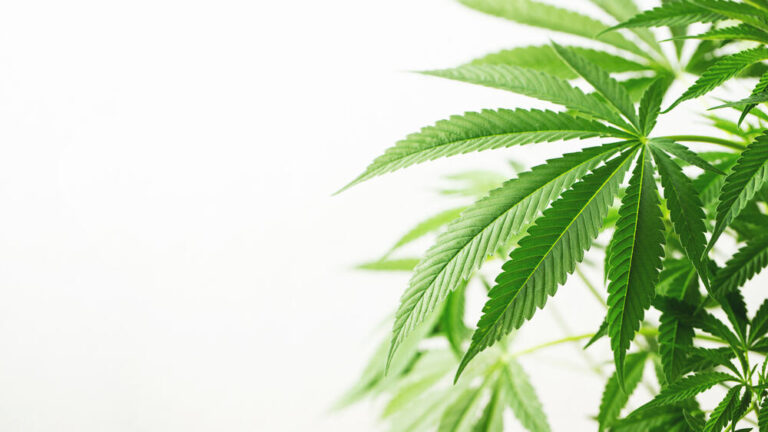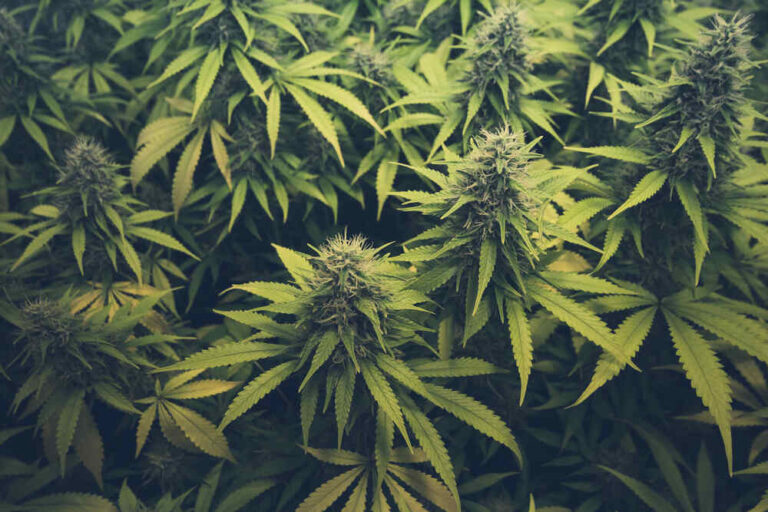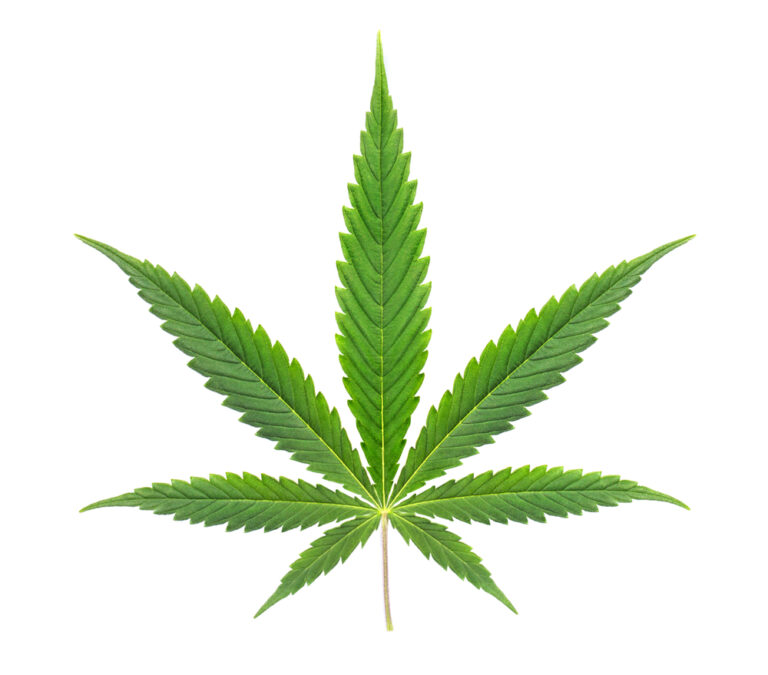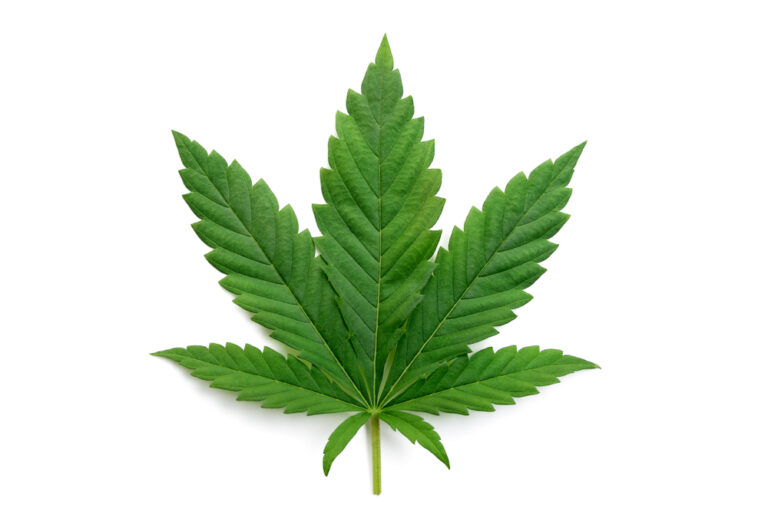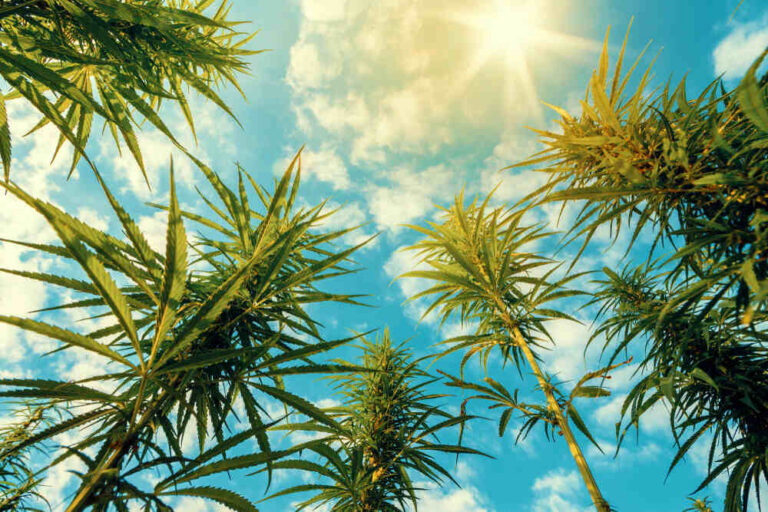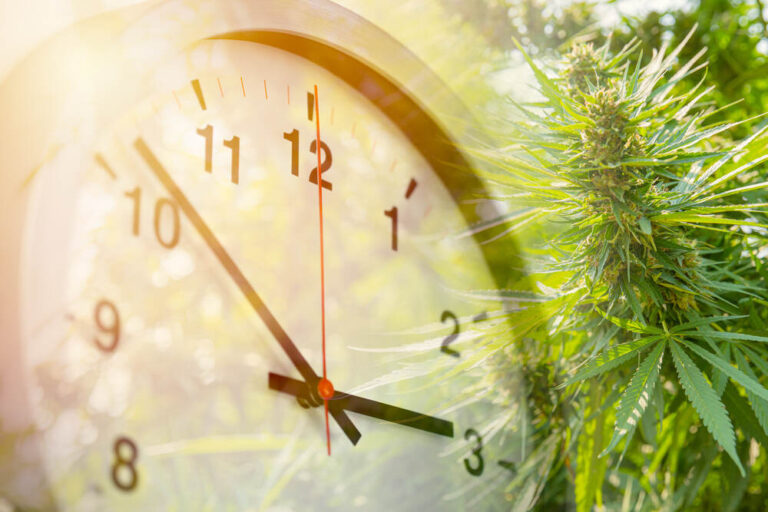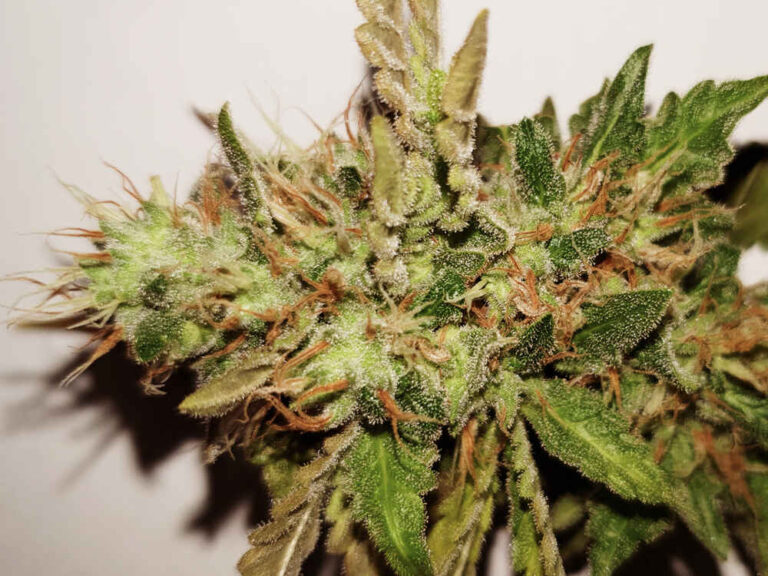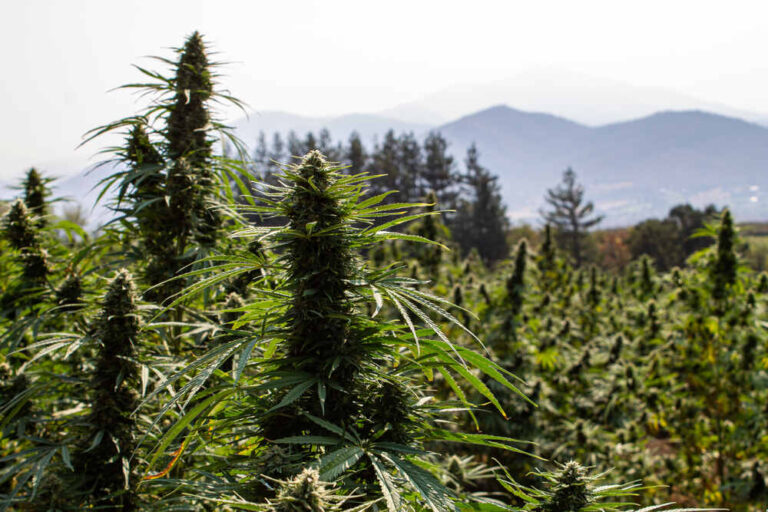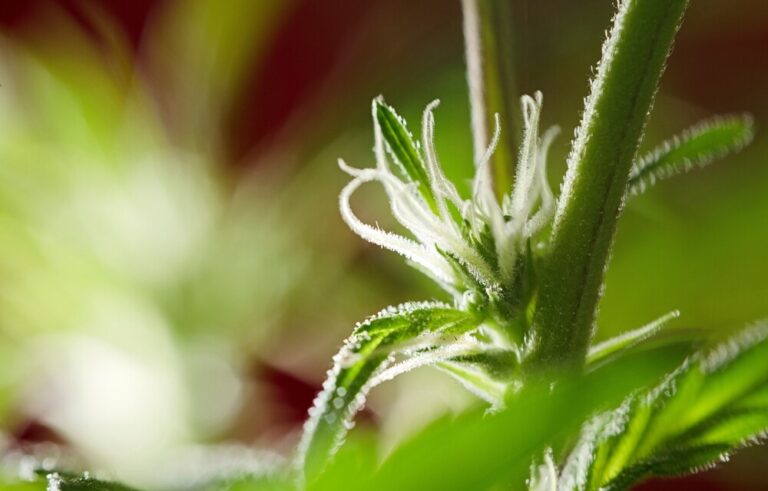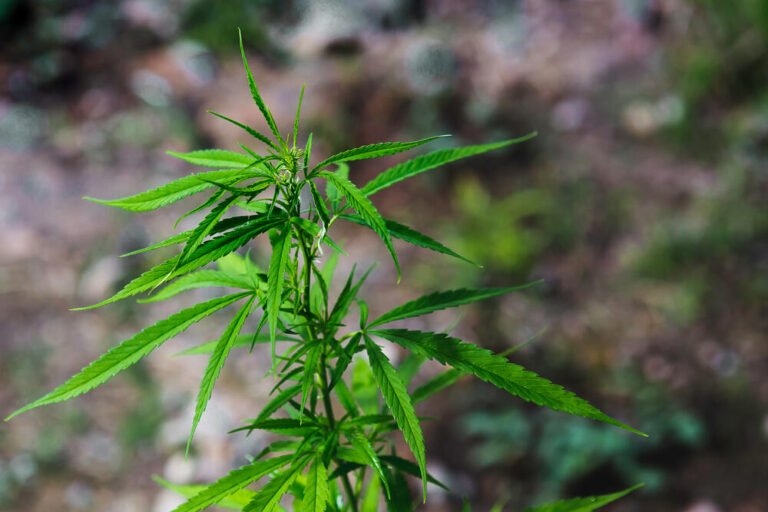The Best Fluffy Pancakes recipe you will fall in love with. Full of tips and tricks to help you make the best pancakes.

What are the Best Indica Strains?
If you’re hunting for the best indica strains, you’re in the right place. As a cannabis breeder and grower, I’ve spent years working with indicas—from…

